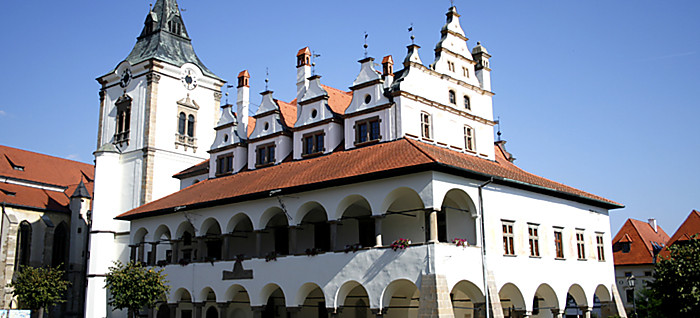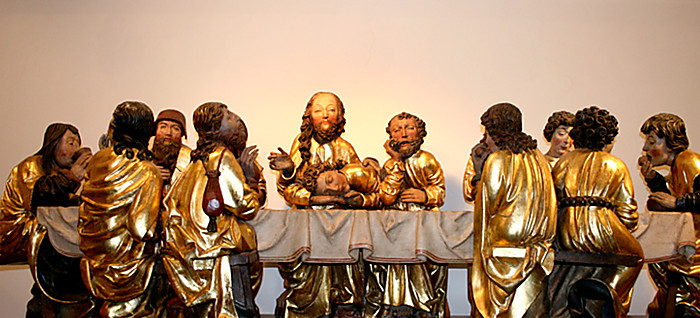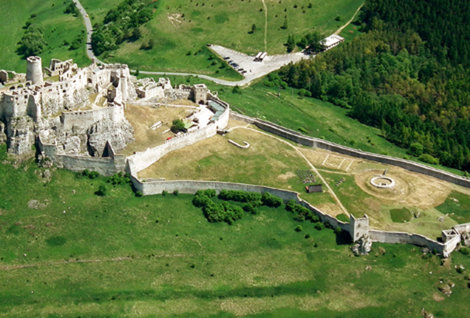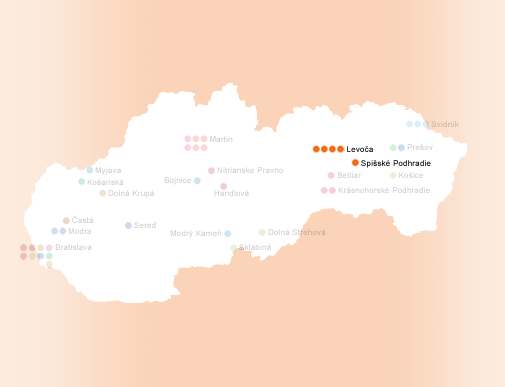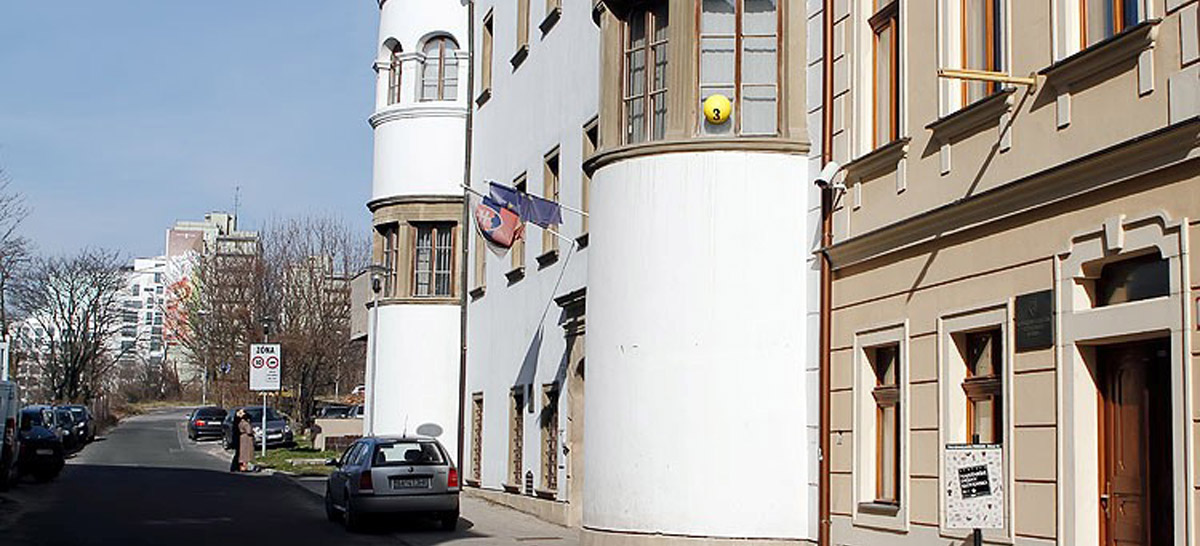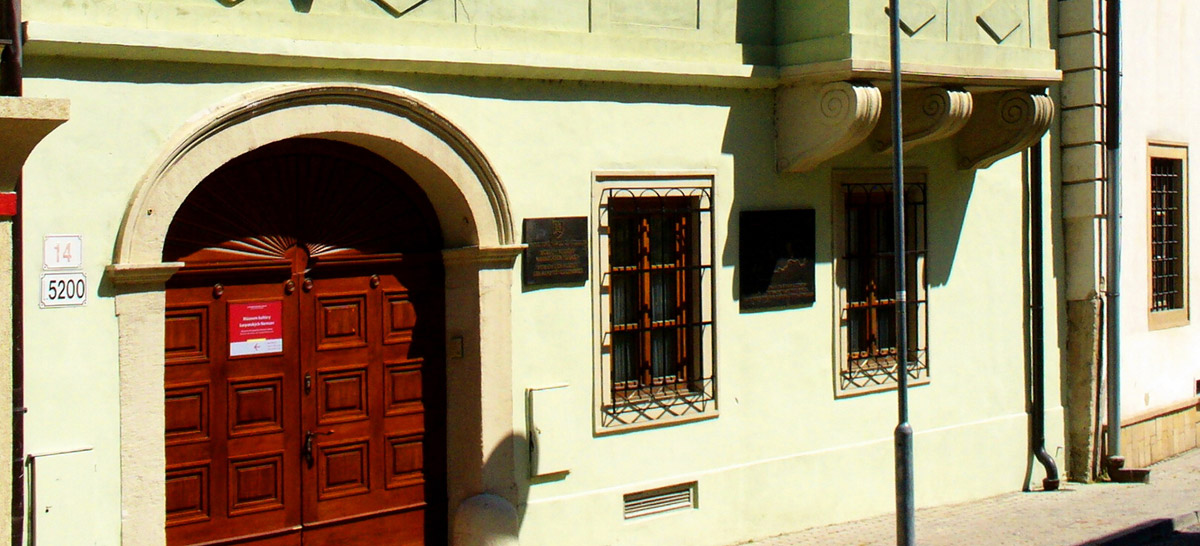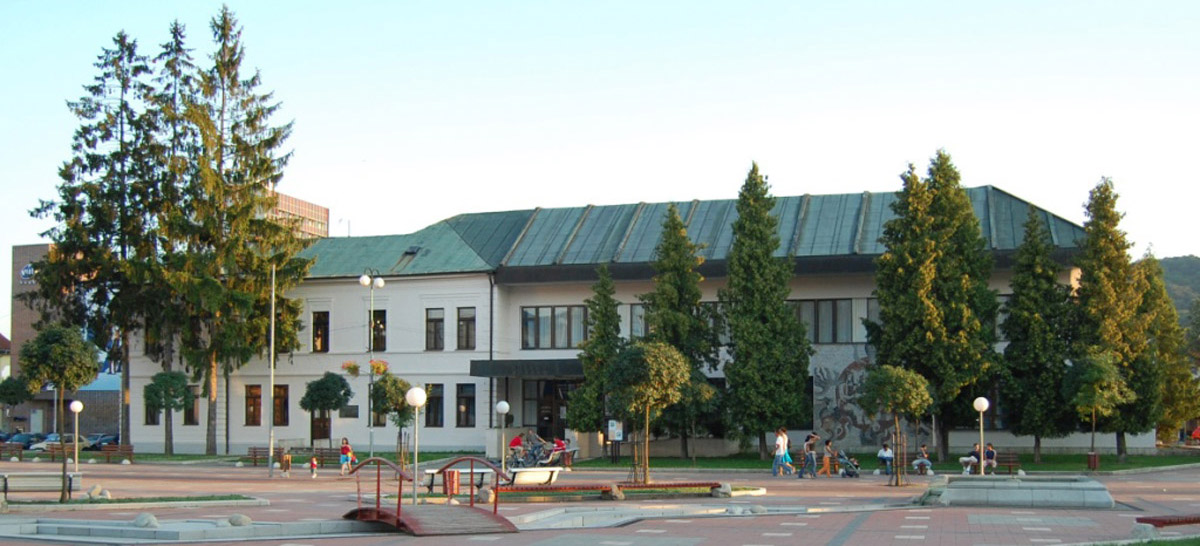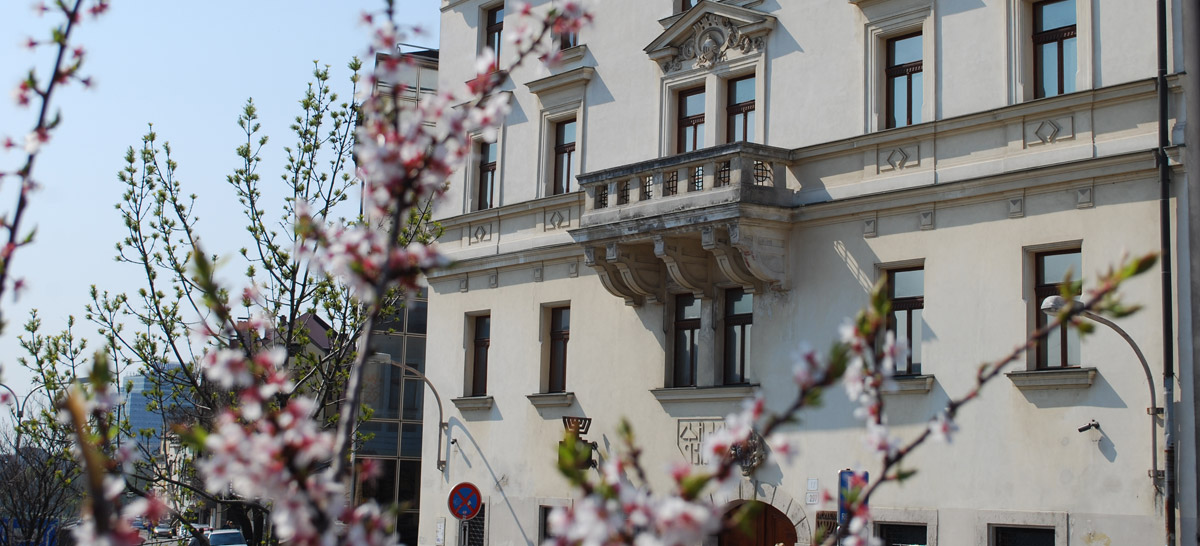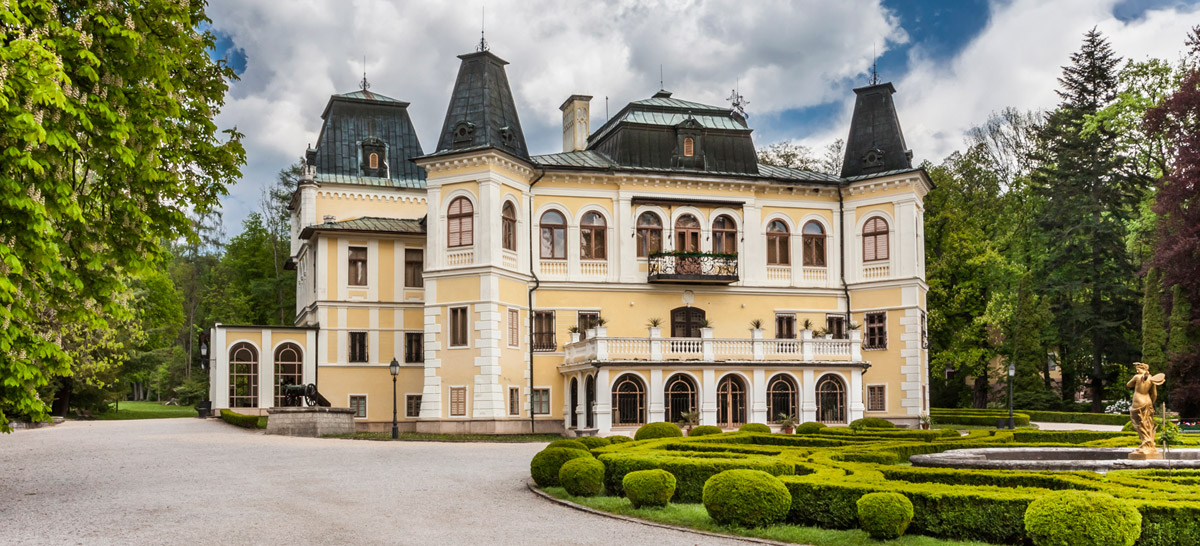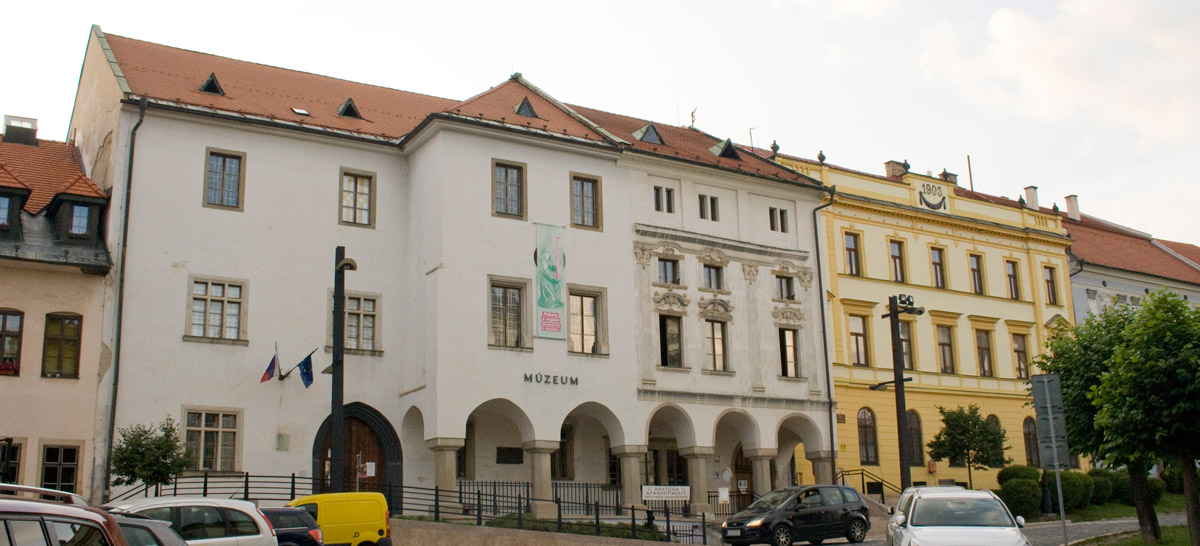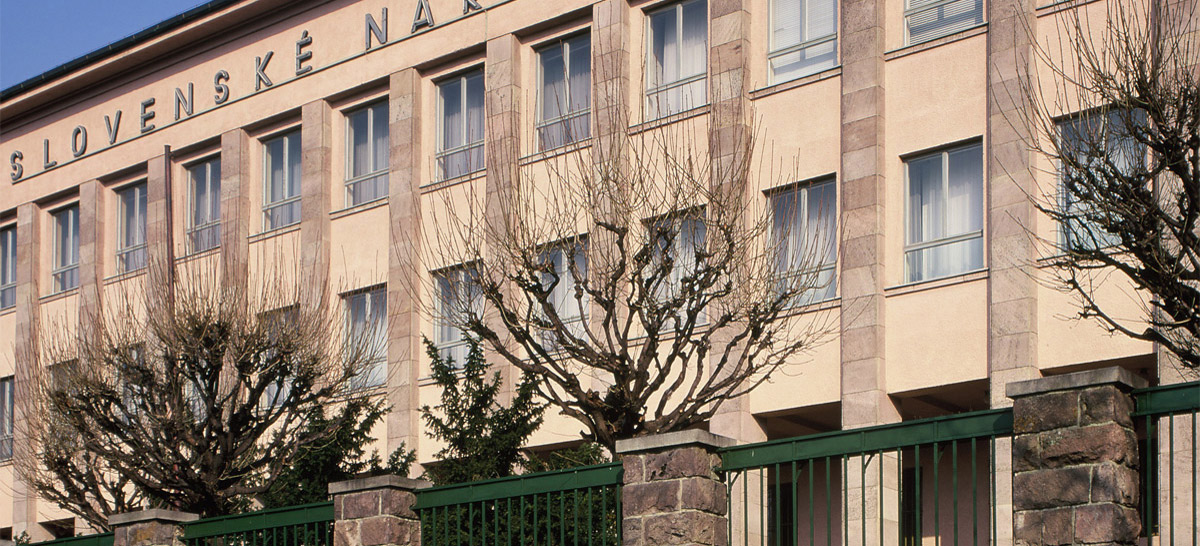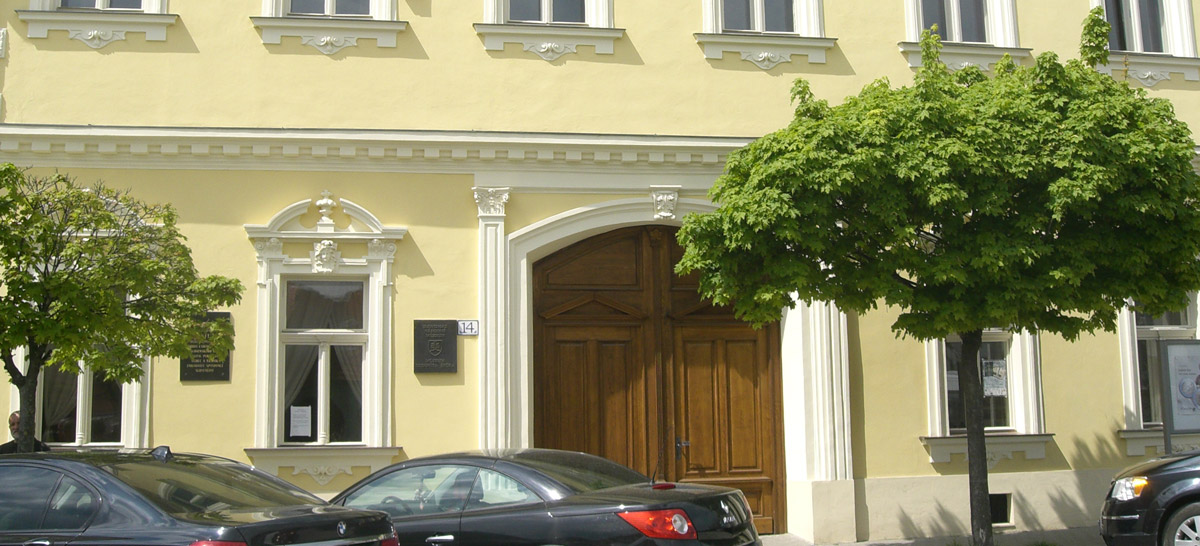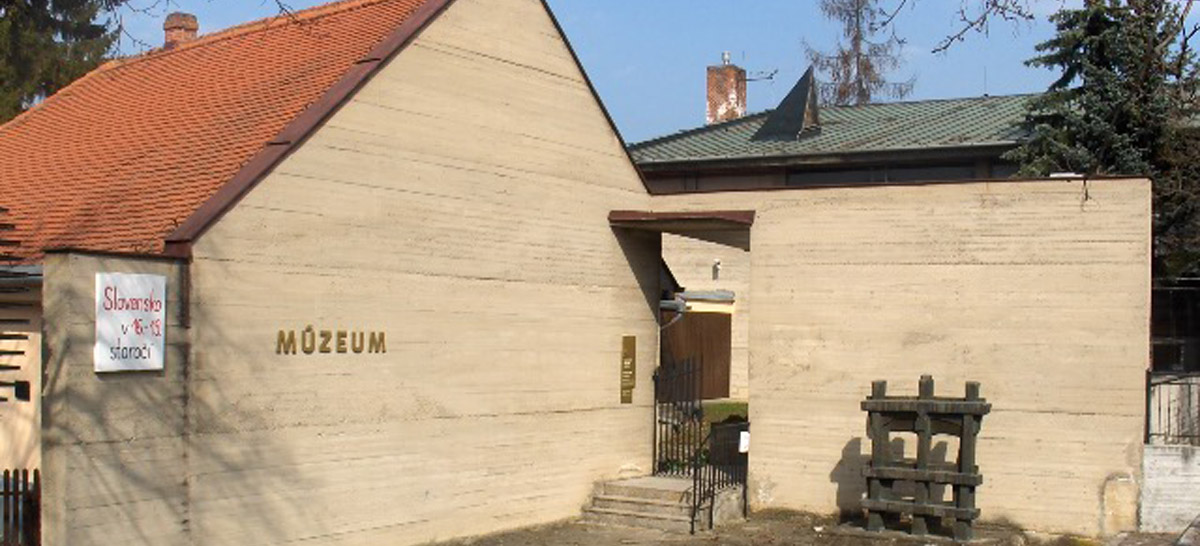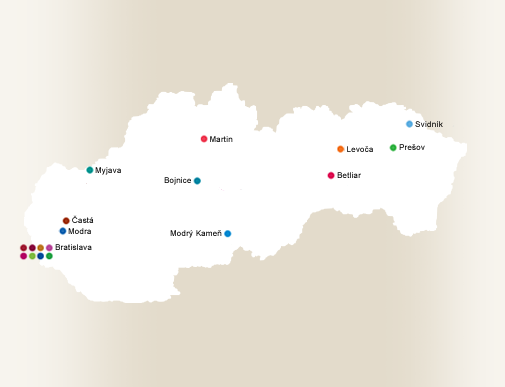Leucha 1249 – Leutscha 1400
from 8. 12. 2019 to 8. 12. 2020
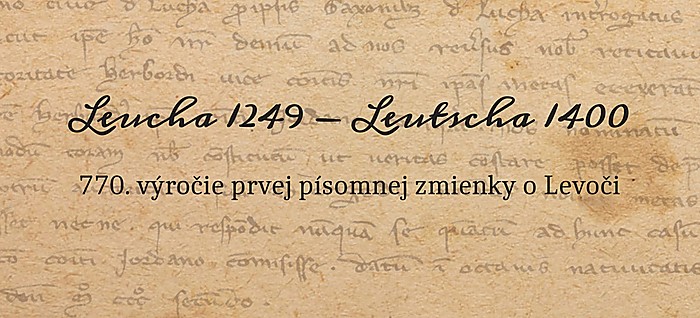
Thanks to the activities of the archaeologists in the past 150 years we have no doubt today that Levoča and its immediate surroundings had been continuously settled long centuries before the town itself appeared in the written resources in 1249. Although there are several legends about the beginnings of the present town (the best known are presented in Gaspar Hain's chronicle from the 17th century and that by Victor Greschik from the 20th century), the reality is much more prosaic and the historians, archaeologists, art historians and other specialists are revealing it only step by step. Whether we accept the explanation by a Levoča citizen Hain about the foundation of the town on a green hill, or will be rather critical (and more realistic) about it, in both cases we will have a story of an administrative and economic centre before our eyes from the mid 13th century onwards, the action radius of which had reached its climax in the 15th and 16th centuries. Has this ascension been unavoidable, direct and without problems? Or has it been supported by the hard work of the Levoča citizens and accompanied by various conflicts and tragedies? Each of us can guess an answer and the scarcely preserved written documents from the 13th and 14th centuries suggest the twists and turns the town had to go through until it had achieved the status of a free royal town.
Although the year 1249 is formally taken as the year of the first written mention of Levoča, its name figures in the charter only accidentally. However, the fact that it is an orientation point in the delimitation of borders of a rather far away Spiš Provost's property residing at the Spiš Chapter documents its local significance. Much more eloquent are the 1268 and 1271 charters defining the position of Levoča in the secular and ecclesiastical administration. The younger one, issued by the Hungarian king Stephen V (1270 – 1272), labels Levoča, literally, as the capital of the Spiš Saxons' Province. Later, in 1317, when Charles Robert had confirmed these privileges, Levoča is named as the first one among all Saxon towns and townlets. Its strength, mainly the economic one, had been rapidly growing. It was not only a provincial (regional) market any more, because Charles Robert had granted the town the staple right in 1321, which had strengthened the position of the town even more, especially in the international trade oriented mainly towards Poland (shortly before, Cracow had obtained similar privileges from the Polish king). The significance of Levoča is indirectly confirmed also by the Franciscans who had settled there at a yet unknown time (the first trustworthy mention about them comes from the year 1332). They were, namely, looking for quite significant towns where they could best meet their mission. In other words, the existence of a Franciscan convent in Levoča is an evidence of its advanced urbanising process.
Hungarian kings had been attracting the Saxon migrants with various advantages and privileges – administrative, economic and ecclesiastical ones. The new settlers had obtained, e.g., the right to elect their own priest, unlike in their homeland. The 1268 charter identifies such parishes. Although Levoča is the last one mentioned in the list, its further development shows that it had not been just a ranking of settlements by their significance. Incidentally, the brotherhood of such priests had its centre in Levoča which had later given rise to the establishemnt of an important library. The position of the brotherhood and Levoča itself is underlined by several visits by Esztergom archbishops to Levoča (e.g., Thomas in 1311 and 1312 or Boleslav in 1326), while, in the 14th century, the churches and liturgical celebrations of the brotherhood had received the possibility of obtaining indulgencies several times. For example, cardinal Gentilis had granted the brotherhood churches (i.e., also the Levoča one), probably some time in the year 1311, the possibility of obtaining 40 days indulgencies.
The best known disaster in the history of the town is the 1550 fire which had devastated many buildings. We know, from several resources, that it had not been the only catastrophy of this kind that had affected the town. There were more of them but the resources (destroyed mainly in the year 1550) do not give any evidence of them. Occasionally we learn about them from other written material. For example, in 1335 Helbrand of Petrovce required a copy of a charter, the original of which had, supposedly, been burt in the Levoča fire. It must have been the fire which G. Hain dates into the year 1332. We do not know any details about its scope and damages but they must have been quite significant, as the information about it had survived until the 17th century.
In just several lines the various milestones and events the town had to go through until the 14th century are outlined. Behind all those events, however, since the moment when the arriving new guests and inhabitants - the Saxons - first saw a market settlement on the horizon where they had settled and begun building up their new lives, until the glorious era when the town had become a gate to the world for people such as Herman of Lomnica, the Thurzos or John Henkel one must see individual human fates.
The town was a mix of new born babies' crying and the lamentation of a convict's relatives at the Levoča gallows, small children's laughter and the laud guffaw of the rich burghers spending their incomes from good trading. Clattering and rattling sounds coming from local craftsmen workshops mixed with the odours and smells of their neighbours, soapmakers or butchers, together with the noise and uproar of local and foreign marketeers. And above all that hovered St. James's bells ringing announcing the beginning and the end of another day in this successful story. The displayed objects, written documents, photographs and maps give us a chance to come closer to the beginnings of the town which, at that time, was called Leucha or Lewtscha.

